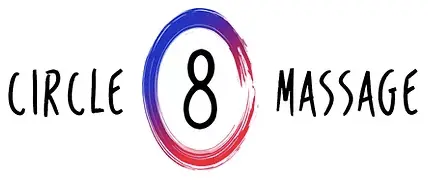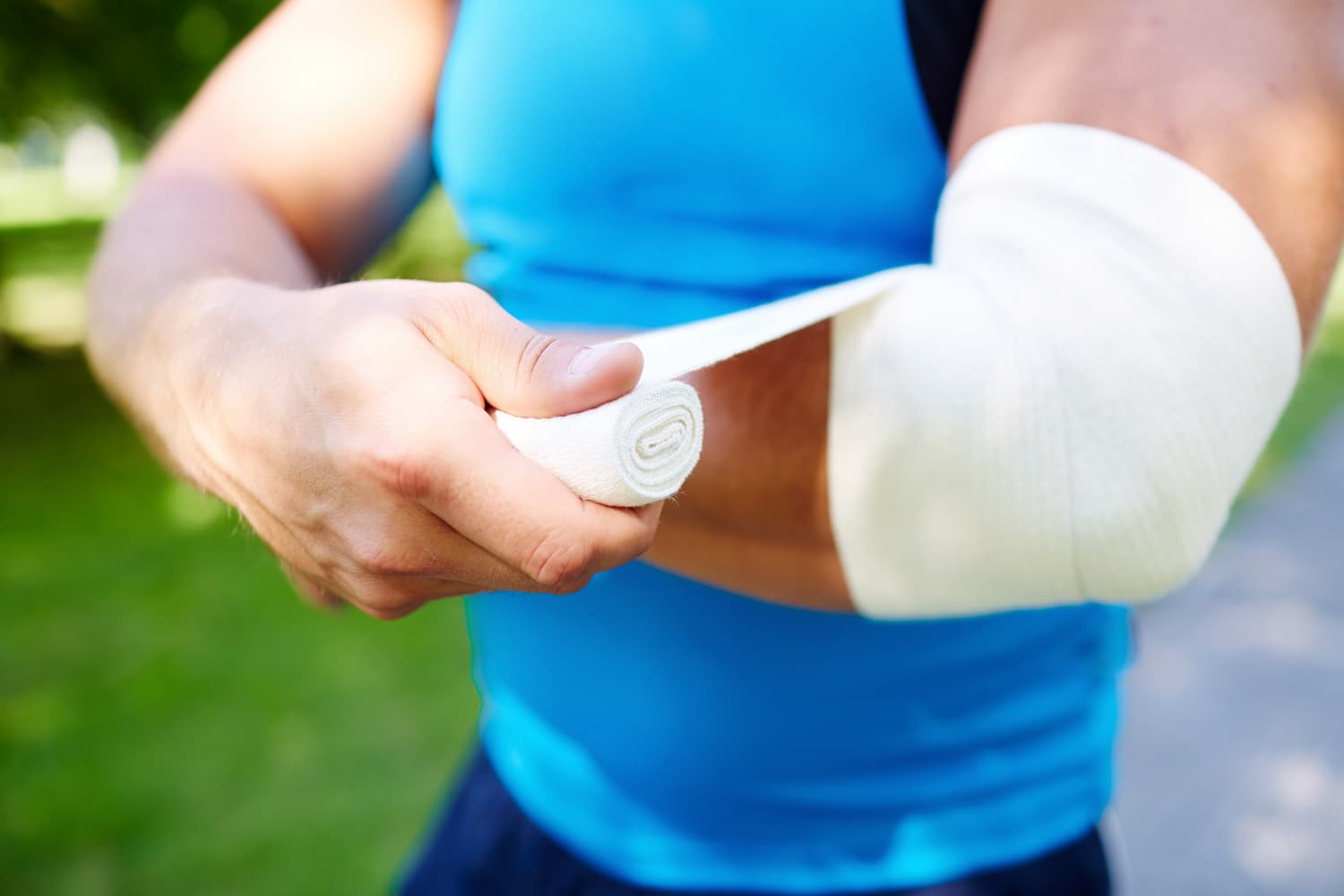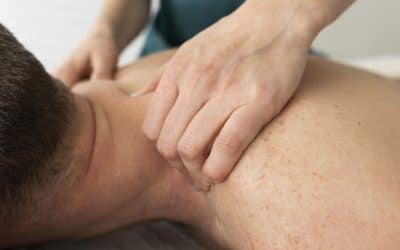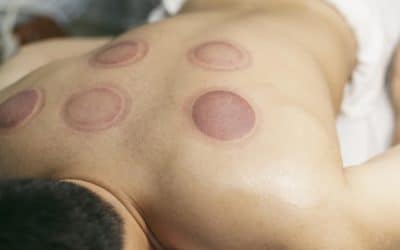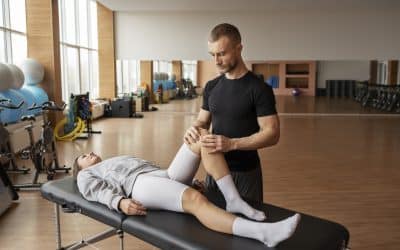Tennis elbow is a common condition that causes pain in the forearm and around the outside of the elbow. While the name “tennis elbow” implies the injury is caused by playing tennis, most people don’t develop this issue from playing that game.
Instead, tennis elbow is most often caused by repetitive movements. For instance, playing sports, hammering, typing, and more can cause tennis elbow. The condition usually gets better with rest and OTC painkillers.
What is Tennis Elbow?
Tennis elbow, also known as lateral epicondylitis, is a type of injury to the tendons. This injury can develop when the common extensor tendon (it joins the forearm muscles to the outside of the elbow) develops tiny tears and then thickens and swells. This causes pain and tenderness.
Tennis elbow is a common condition that can affect anyone; however, it’s more common in people in their 40s and 50s. This condition can develop in both arms but is most often seen in the arm the person uses the most.
What’s more, the injury usually develops over time. Depending on how bad it is, the injury can last between 6 months and 2 years. It can also come back at some point in the future.
How Common is Tennis Elbow?
Tennis elbow is a common condition in the UK. It’s estimated that 1 in 200 people see their GP about tennis elbow injuries. The condition affects both men and women equally and is most often seen in adults.
Symptoms of Tennis Elbow
The most common symptom of tennis elbow is pain and tenderness on the outside of the elbow and in the muscles of the forearm. This usually becomes worse as the elbow is bent and extended. The elbow may be able to move normally but will have pain and tenderness. The pain can vary from mild to severe (it may keep a person awake at night).
In many cases, the person may be able to pinpoint the start of their symptoms to a particular action or job. Doing this action again makes the pain worse. Gripping actions may also make the pain worse, so it can be painful to hold a cup or open a jar.
Causes of Tennis Elbow
Tennis elbow develops when the muscles and tendons in the forearm are damaged. This may happen from repeated motions. Tiny tears develop in the muscles, leading to swelling and thickening.
Some activities/jobs/situations that can cause tennis elbow include:
- Any work that involves heavy lifting or using heavy tools
- Jobs that cause a person to make repeated movements in awkward positions (squeezing, twisting movements, typing/using a mouse)
- Movements in the forearm that are new (such as for a new hobby: painting, hammering, and more)
- Being unfit or having poor technique when playing a racquet sport (tennis and others)
How to Prevent Tennis Elbow
You may be able to prevent tennis elbow by taking steps to protect your arm muscles and tendons. If you make repetitive arm and wrist movements, make sure you’re doing them in the right way. It’s helpful to take frequent breaks and use the right equipment for your work.
If you’ve had tennis elbow in the past, there’s a chance it could come back. So, you may need to consider changing some of your activities to avoid developing the condition again.
And if you’re playing sports (especially racquet sports), it may be beneficial to find a coach to ensure you’re using the right technique to avoid future injuries.
How Long Does Tennis Elbow Last?
How long tennis elbow lasts depends on the severity of the injury. Most people feel better within a year; however, it can last between 6 months and 2 years. Tennis elbow can also come back again, and it may require further treatment.
What’s the Difference Between Tennis Elbow and Golfer’s Elbow?
Tennis elbow and golfer’s elbow are two different conditions; however, they do share some similarities. For instance, both conditions can be caused by repetitive movements, and both cause pain in the elbow. However, tennis elbow affects the outside of the elbow, while golfer’s elbow is on the inside of the joint.
Treatment of Tennis Elbow
First, stop any movements that irritate the area and cause symptoms, or modify the movements if possible. If the areas continue to be irritated, this will delay healing and make the injury worse. To ease pain, alternating heat and ice (10 minutes of each, starting with ice every 3 hours) can help.
Other treatments include taking anti-inflammatory medications such as ibuprofen to reduce inflammation. If you have a hard time managing daily activities, an OTC pain reliever, such as paracetamol, can ease your symptoms.
When most of the pain has subsided, and you can use the injured arm pretty well, you’re ready to begin rehabilitation. Following are there exercises that can help you during the rehab phase after a tennis elbow injury.
Exercise 1: Wrist Flexion
Perform this exercise while standing up or sitting down. Straighten both arms out in front of you, with palms facing down toward the floor, then drop both wrists, so they are flexed. With one of your hands, place it on the back of the flexed hand. Gently apply a little pressure to the flexed wrist and hold for 30-60 seconds. You should feel a stretch down your forearm.
Repeat 5 times.
Exercise 2: Isometric Wrist Extension
Make a fist—palm facing down. Sit on a chair that allows you to comfortably place your forearm on a table in a neutral position. Your wrist should be slightly off the edge of the table. Move the wrist in a slightly upward direction and resist with the opposite hand. Hold for 30-60 seconds.
Repeat 5 times.
Exercise 3: Eccentric Wrist Extension – Weighted
Sit on a chair where you can comfortably place your forearm on a table in a neutral position. Your wrist should be slightly off the edge of the table, with your palm facing down. In this arm, hold a small weight (if you don’t have a dumbbell, you can use a bottle of water or a tin of beans). Using the hand that isn’t on the table, lift your wrist up while maintaining contact with the table. Without any support, slowly lower your raised arm down.
Repeat 5 times.
Summing It Up
Tennis elbow can be a painful condition, and it’s an injury that can come back again. If you’re suffering with the symptoms of this condition, it’s best to see your GP for a proper diagnosis. They may send you to a physical therapist for rehabilitation. Your PT may also offer advice on how to avoid this injury in the future.
